The Peculiar Divergence In COVID Vaccinations Around Milwaukee's Republican Hinterland
A link between partisan politics and coronavirus vaccinations at the national level has become increasingly recognized, but a slew of additional factors are playing a role in Wisconsin's largest metro area.
By Will Cushman, Kristian Knutsen
June 10, 2021 • Southeast Region
Six months after one of the most consequential public health campaigns in Wisconsin’s history started, the campaign to vaccinate as many of the state’s residents as possible against COVID-19 is hitting a roadblock — many Wisconsinites remain unmotivated, hesitant or outright opposed to getting a shot.
The slowdown in COVID-19 vaccinations over May and early June is yet another indication of Wisconsin’s deep social and political divisions, which increasingly can be discerned along broad geographic lines. Indeed, at a surface-level, vaccination rates among Wisconsin counties have some similarities to recent federal election results maps, with more liberal and progressive urban centers generally reporting higher rates than conservative and rural areas. It’s a pattern that has emerged more visibly among states at the national level, with the blue-red divide between states in the 2020 presidential election closely matched by their embrace of getting vaccines.
But patterns in vaccination and partisanship don’t perfectly match within states, including Wisconsin, where more complex forces are in play. Perhaps nowhere are these forces more complicated than in the southeastern corner of the state, dominated by the Milwaukee metropolitan area and its rural hinterland.
Vaccination differences around southeast Wisconsin
Differences in COVID-19 vaccination rates around southeast Wisconsin illustrate the complexity of the role partisan politics plays in uptake. Two counties known nationwide for voting patterns that lean very Republican have some of the highest levels of vaccination in the state, while other counties that are likewise quite conservative in partisan elections are near the bottom. Meanwhile, other counties in this corner of the state are in the middle of the pack.
Over the first half of 2021, Ozaukee County has consistently had one of Wisconsin’s highest vaccination rates. As of June 9, it was tied for fourth among all 72 counties with 56.6% of its population getting at least one dose, the same level as Iowa County and following behind Dane, Door and Bayfield. Those top three counties are each in different parts of the state, and while Dane and Bayfield are among the state’s most liberal in their voting patterns, Door is Wisconsin’s newest bellwether county in terms of presidential elections.
At the same time, Waukesha County has been near or among Wisconsin’s top 10 counties for vaccination rates for months. As of June 9, 53.8% of its residents had been administered at least one dose.
Ozaukee and Waukesha counties comprise two of the three so-called “WOW counties,” a label used among political wonks around the nation as a reference to Wisconsin’s deepest well of Republican votes and one key factor in conservative dominance of state politics over the past decade.
However, two other counties right next door to Waukesha County that have similar conservative-leaning politics have some of the state’s lower COVID-19 vaccination rates. To its west, Dodge County — which has Wisconsin’s second-highest total COVID-19 case rate, owing in part to outbreaks in prisons — has consistently been among the bottom 10 counties in its vaccination rates. As of June 9, its rate for a first dose was 39.1%. And to the south is Walworth County, which is among the state’s bottom 20 counties for vaccine uptake. As of June 9, its rate for a first dose was 40.8%.
Meanwhile, two other counties on the periphery of the Milwaukee metropolitan area are near the state’s median for vaccination rates. Washington County, the third of the WOW triumvirate, had a first-dose rate of 43.9% as of June 9. That’s the exact same rate as in Jefferson County, smack dab between the partisan opposites (but vaccination kin) of Dane and Waukesha counties.
Altogether, four consistently Republican-voting counties on the outer edge of the Milwaukee region — Washington, Walworth, Jefferson and Dodge, which could be labeled the “WWJD counties” — have vaccination rates that are about 10 percentage points or more below those in Ozaukee and Waukesha counties.
What about the COVID-19 vaccination rate in Milwaukee County itself? It’s just below the top third of counties, and had a rate for first doses of 46.7% as of June 9. To its south, Racine County is just within the top half of counties with a first-dose rate of 44.9% as of June 9, while Kenosha County is among the bottom half of counties, with a first-dose rate of 43.5% as of June 9.
In overall terms, the difference in vaccination rates between most counties outside of those in the highest tier is not wide — barely more than five percentage points separate Dodge and Racine counties, with Milwaukee County’s numbers only slightly higher. Yet at the same time there’s more than a 17-point gap between the region’s highest and lowest counties.
All of these counties, except Milwaukee, had a majority of supporters vote for Donald Trump in 2020, while all except for Milwaukee and Kenosha counties had majorities voting for Scott Walker in the 2018 election for Wisconsin governor.
A ‘configuration of forces’
As much as partisan politics plays a role in COVID-19 vaccinations, there are additional factors at play, related to wealth and income, educational attainment and how rural or urban a given place’s identity is. Yet those factors also inform the political ideology and partisan preferences of voters.
Some counties in the southeast corner of Wisconsin have vaccination rates aligned with conventional wisdom that has emerged over the course of the vaccination drive around the United States — enthusiasm for getting a shot is frequently a function of politics.
That the decision to get a COVID-19 vaccine often includes a political dimension is a predictable result of the policy response to the pandemic as it unfolded over an exceptionally tumultuous period in American politics, according to Ajay Sethi, an epidemiologist at the University of Wisconsin-Madison.
“It’s not surprising that people’s attitudes toward vaccination can line sometimes with political beliefs because the disease has been discussed in those arenas,” Sethi said.
National polling conducted over spring 2021 has shown eagerness for the vaccines among Democratic voters, while Republican voters have indicated tepid enthusiasm, with a distinct difference between men and women. But simple partisanship doesn’t tell a complete story about who is open to getting vaccinated.
“It’s even more pointedly about the Biden-Trump difference,” said Barry Burden, a professor of political science at UW-Madison and director of the university’s Elections Research Center.
Burden noted that voters’ preference in the 2020 presidential election “is far more predictive [of their vaccination views] than a person’s race, or age, or income, or just about any other thing that might be asked in a survey.”
These patterns are evident in places like Taylor County. The rural area northeast of Eau Claire has consistently had the lowest COVID-19 vaccination rate in the state over spring 2021, and voters there provided former President Donald Trump with his second widest winning margin among Wisconsin counties in 2020. Nationally, vaccination rates among states also resemble the 2020 results at the state level.
Burden cautioned that the connection between 2020 presidential preference and enthusiasm for the COVID-19 vaccines is itself complex.
“I don’t think it’s purely partisan politics. I think it’s also the life circumstances of people who happen to be Biden and Trump voters,” he said.
In Wisconsin, like elsewhere, Biden voters tend to be concentrated in the state’s cities and suburbs. They also generally have higher levels of education and are more trusting of government and institutions like universities where much of the information about COVID-19 and how to combat it has originated.
Additionally, the impacts of the pandemic and related restrictions has been impossible to escape in these communities, particularly Madison and Milwaukee, where local rules mandating masks and limiting public gatherings were in place well into the spring of 2021 and saw widespread adherence.
On the other hand, Burden said, “Trump voters tend to be concentrated in more rural communities that are sparser, and they have lower levels of education. Those are two really strong predictors among whites as to who people will vote for. And I think the virus, the pandemic, just doesn’t have the same urgency in those communities.”
Tim Size, executive director of the Wisconsin Rural Health Cooperative, a collective of 43 rural hospitals and local health systems in the state, also pointed to long-standing evidence that distrust of institutions like the state’s public health apparatus and university system runs deep in some rural parts of the state.
“There’s a sense of having been disrespected by urban-based institutions,” Size said. The resulting distrust may lead some people to reject information or recommendations viewed as coming from those places, he said.
A Trump voter’s disinclination toward getting a COVID-19 vaccine, or a Biden voter’s eagerness for one, may not necessarily be a result of their partisanship, though. Rather, Burden suggested, both their presidential and vaccination preference are likely flowing from their life circumstances.
“I think there’s sort of a configuration of forces there that are all sort of pointing in the same direction,” Burden said. He pointed to Dane County and its highest-in-the-state vaccination rate as emblematic of this dynamic.
“All those forces are pointing in the same direction,” he said. “It’s urban, and it’s highly educated — it’s heavily for the Biden team.”
On the other side of the spectrum, lower vaccination rates in rural counties like Walworth and Dodge aren’t surprising either, he said, given all the forces — wealth, education levels and others — pointing in the opposite direction.
Size noted that religious and political factors have long driven vaccine hesitancy in rural areas.
“We have more Republicans, (and) we have more evangelicals, and those are two communities where there’s more hesitancy,” Size said.
At the same time, Size cautioned against thinking about rural areas of the state as homogenous, pointing to high vaccination rates in places like Door County and much of Wisconsin’s Northwoods.
“You see extraordinary variability in rural [vaccine rates],” he noted, adding that he does not believe access to shots is a significant issue in the state’s rural areas.
Where forces collide
In southeast Wisconsin, it’s the region’s suburban and urban centers that don’t necessarily align with politics surrounding vaccine uptake based on partisanship or recent voting patterns — places like Waukesha and Ozaukee counties. These suburban counties have long favored Republicans and voted for Trump in 2020 — they also have among the highest vaccination rates in the state.
“I think in those places we’re seeing the forces in some tension,” said UW-Madison political scientist Barry Burden. “On the one hand, you’ve got Republican voters who have sort of internalized a lot of the messages they heard from the Republicans and are skeptical of Biden’s handling of the pandemic. But they’re also higher income, more densely settled, higher educated, and so more trusting of authorities, more willing to believe the CDC or to take Anthony Fauci’s word for it.”
To that end, higher vaccination rates in these suburban areas may have less to do with politics and more to do with the relative affluence of their residents.
“People who have a higher socioeconomic status often are the ones who have better access to health information and healthcare in general,” said Ajay Sethi, the UW-Madison epidemiologist. “And you might see higher vaccination rates because of that.”
Still, Sethi added, “It’s hard to say.”
However, it’s difficult to closely analyze patterns in vaccine uptake with county-level data.
“A county is a pretty large area with potentially hundreds of thousands of residents, so to ascribe an overall vaccine rate to sort of the attitudes of everybody who resides in the county is not totally fair,” said Sethi.
Tim Size, of the rural health cooperative, also pointed out that ZIP-code-level data for childhood vaccinations has exposed pockets of vaccine hesitancy in areas with otherwise high levels of vaccinations.
“There are more progressive neighborhoods — the east side of Madison — that have long had lower vaccination rates, as there are [in] rural areas,” Size said.
One area that has published ZIP-code-level data for COVID-19 vaccinations is Milwaukee. The county at the heart of Wisconsin’s most populous region is another place where partisan politics and presidential preference don’t align well with vaccination rates.
“If we were looking only at the Biden vote, you’d say, ‘Well, Dane County and Milwaukee County ought to be similar because they both went for Biden over 70%,'” said Burden.
But Milwaukee County’s vaccination rate trails Dane County by about 20 points.
The more local data Milwaukee County releases can help explain why: Neighborhoods where its large Black and and Hispanic communities are concentrated show significantly lower levels of vaccination than elsewhere in the county. Racial and ethnic disparities in vaccination rates are an issue across Wisconsin, something community leaders are attempting to address through a number of outreach strategies.
“Those residents just have, I think, different stances towards public health authorities and have different life circumstances” than white residents, said Burden, pointing toward a legacy of systemic racism in the American healthcare system underscored through the COVID-19 pandemic.
Promoting vaccination acceptance
With just under half of Wisconsin’s residents vaccinated for COVID-19, public health officials acknowledge that reaching a goal of vaccinating 80% of state residents will be challenging. On June 8, the Wisconsin Department of Health Services announced a media campaign aimed at encouraging Wisconsinites from all backgrounds to get a shot even while some Republican lawmakers in the state fed a simmering backlash to newer public health guidelines that recommend requiring masks only for unvaccinated individuals in public.
Tim Size said achieving higher vaccination rates in rural parts of the state will depend less on the message of any ad campaign and more on the messenger.
“We need (the help) of private sector messengers, family members, doctors, pharmacists, nurses, pastors, teachers (and) other community leaders,” he said. “We also really have to resist the temptation to moralize and lecture or imply a lack of education.”
Whether the campaign finds success may depend on if it can break through political barriers.
PBS Wisconsin reached out to the chairpersons of Wisconsin’s Republican and Democratic parties asking for comment on connections between politics and vaccinations, and specifically whether they consider indifference to and opposition toward getting vaccinated among some Republican elected officials in the state — such as U.S. Sen. Ron Johnson — has played a role in vaccination rates.
Andrew Hitt of the Republican Party of Wisconsin, did not respond to the request.
Ben Wikler of the Democratic Party of Wisconsin acknowledged in an email that many factors are influencing willingness to get vaccinated for COVID-19, including age, education, income and trust in the medical system. At the same time, he criticized Republicans for “spreading misinformation and trying to score political points” during the push to vaccinate Wisconsinites.
“It’s a shame that the vaccine, which is allowing us to emerge from the pandemic, is being politicized by Republican politicians and media figures,” he said. “Getting vaccinated is a public health issue, and no matter our politics, all of us should encourage everyone who is eligible to get vaccinated.”
A public service announcement released on June 10 by UW Health could help encourage some hesitant and unmotivated residents on either side of the political divide to get a shot. The ad features former governors Jim Doyle, a Democrat, and Scott Walker, a Republican, urging Wisconsinites to get vaccinated to speed up recovery from the pandemic and ensure another surge in cases doesn’t materialize.
 Passport
Passport




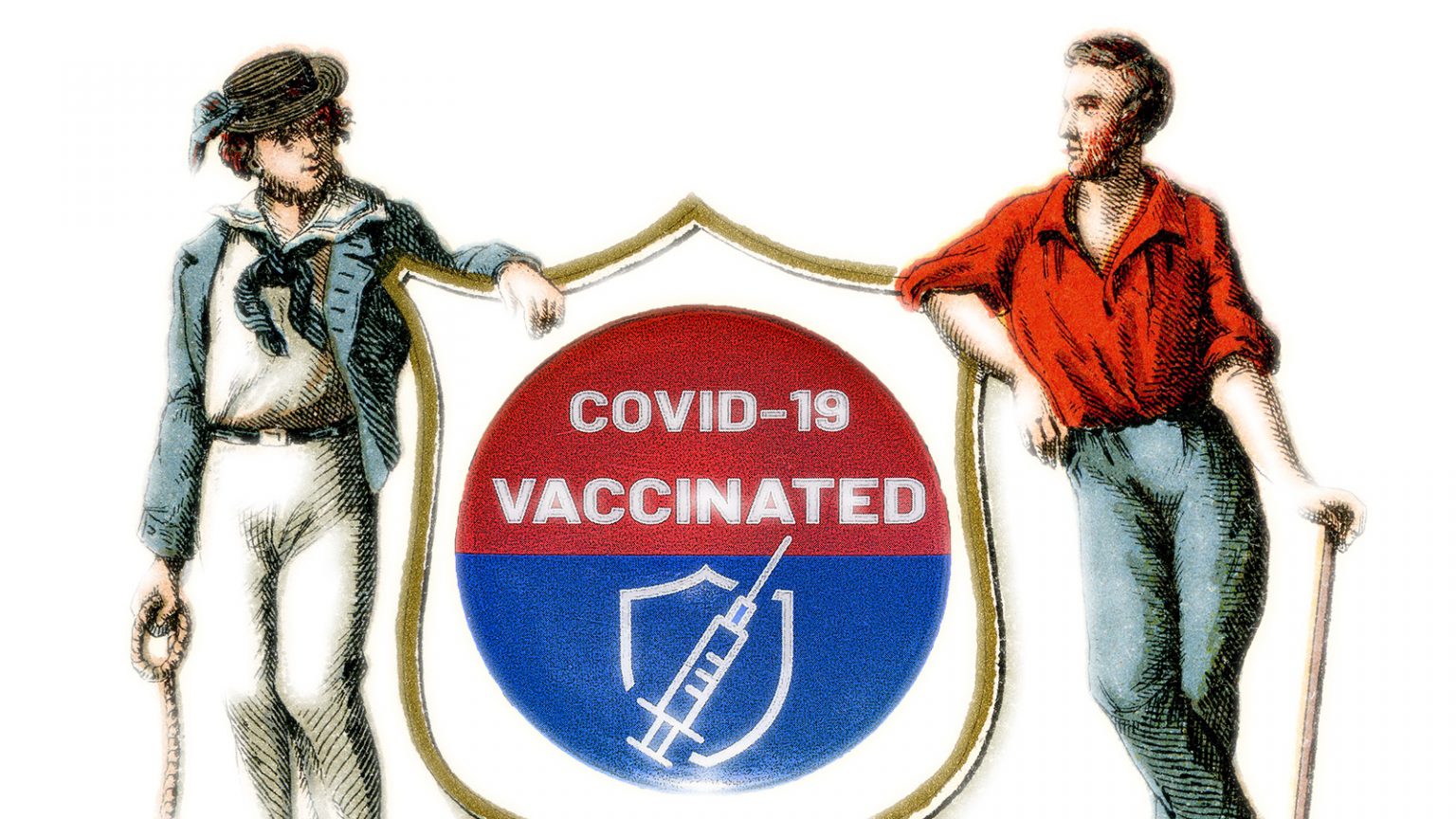
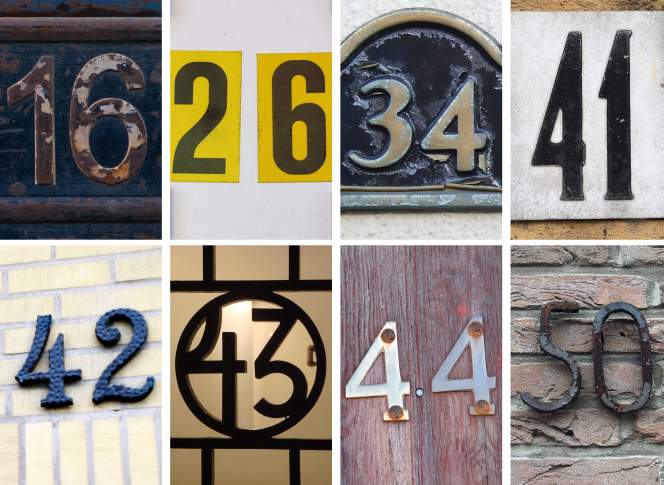
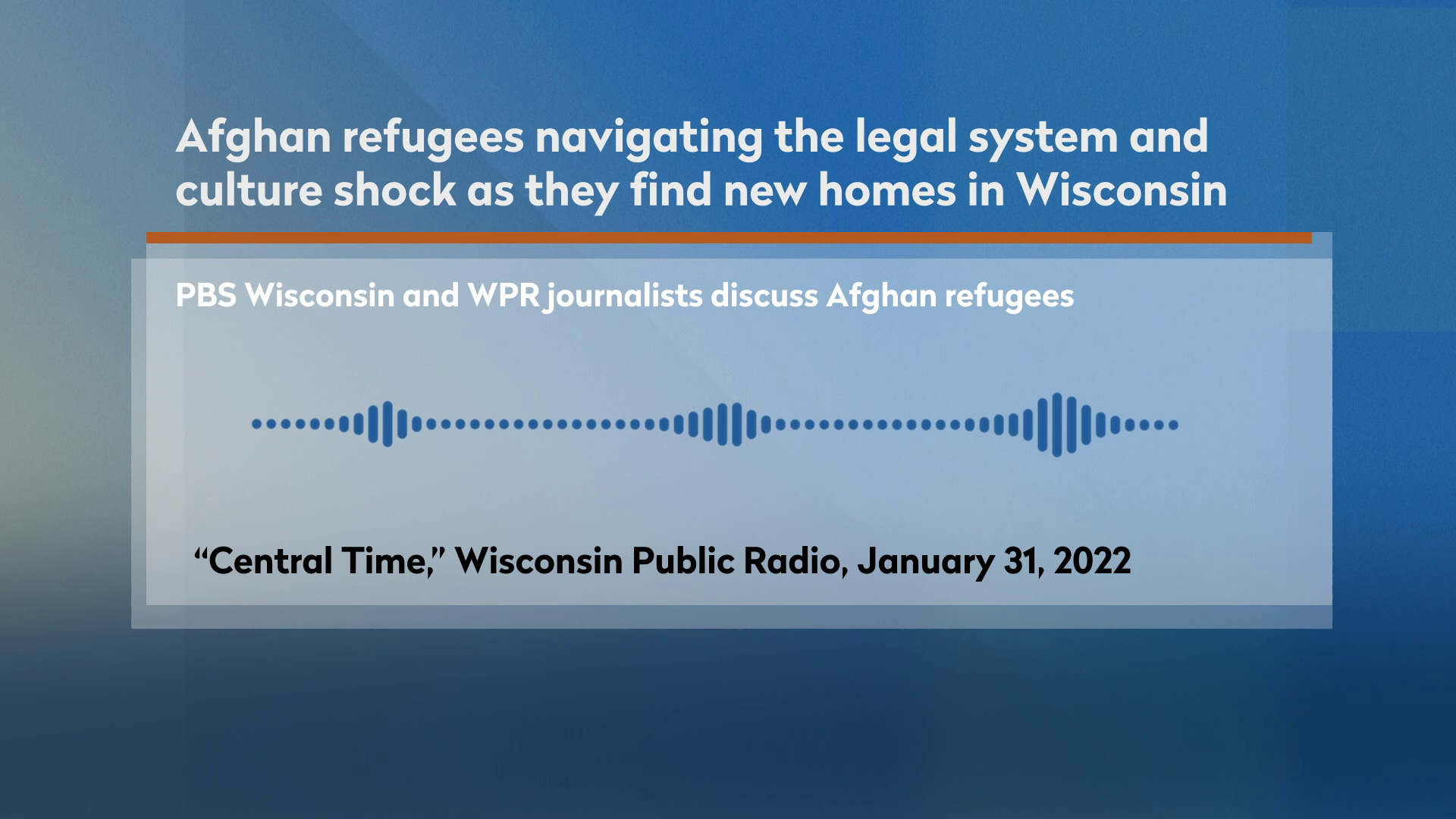

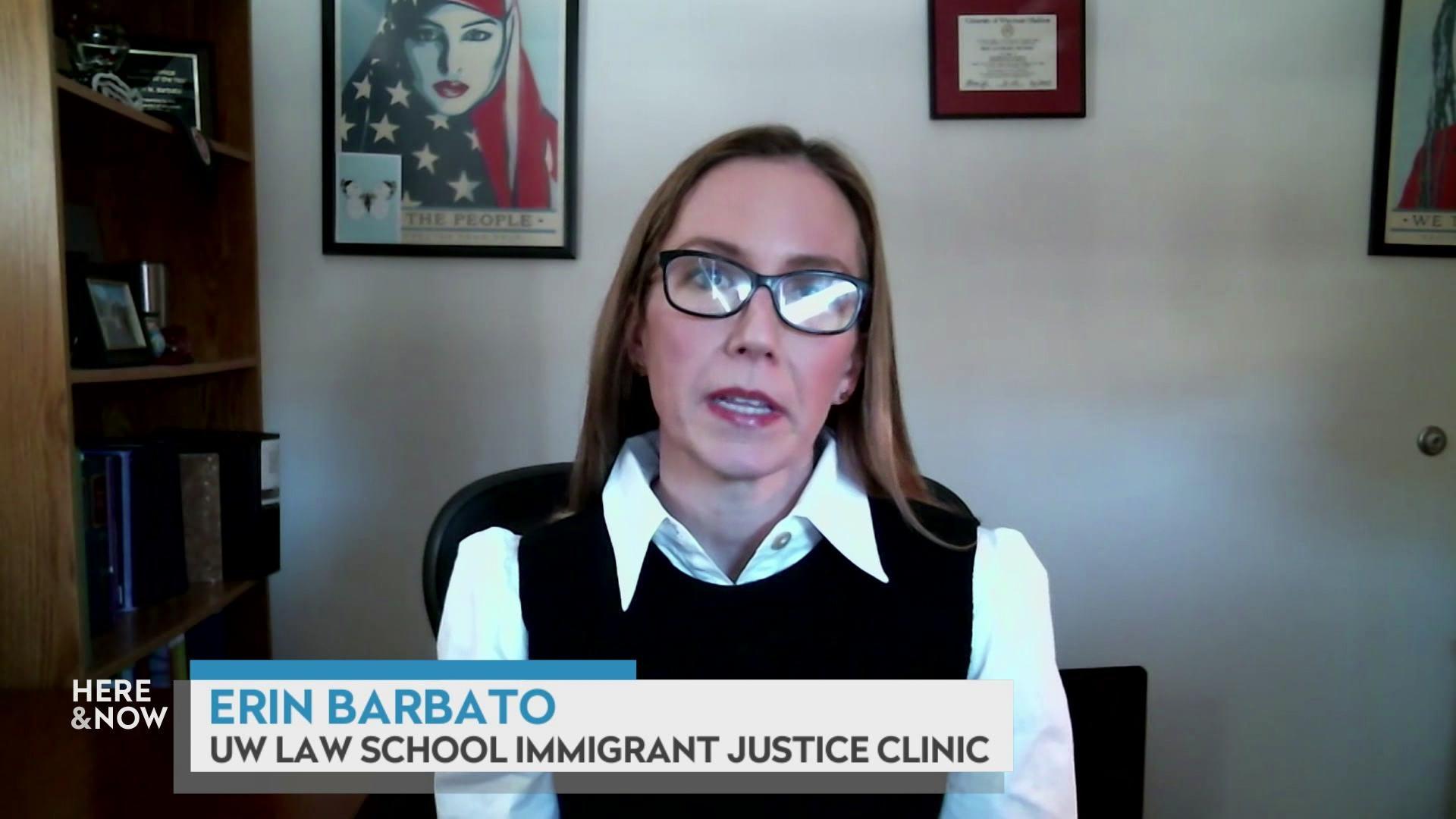
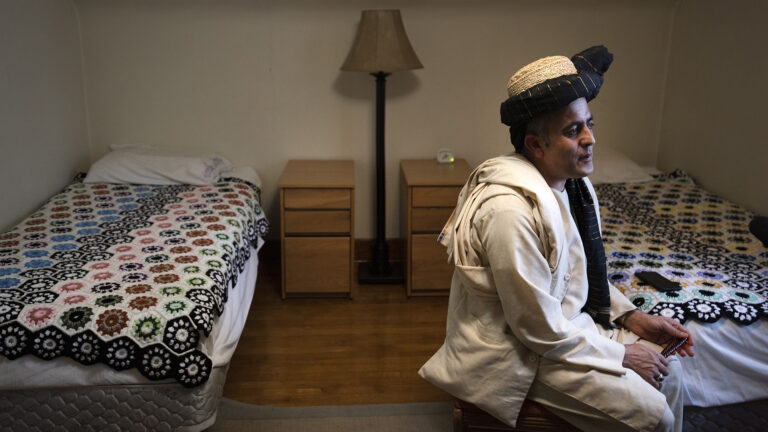
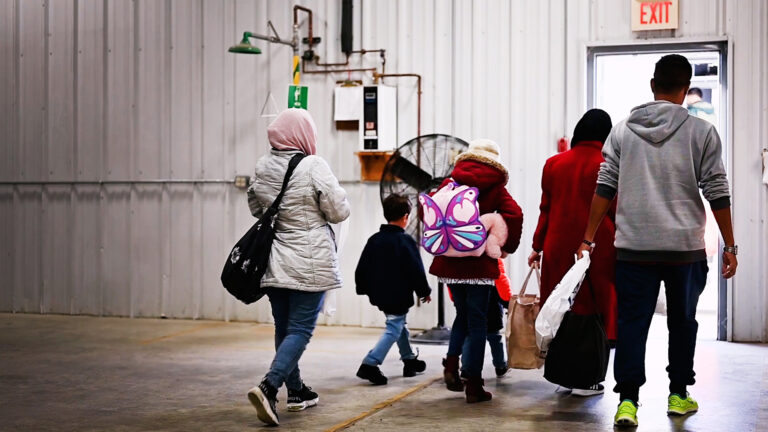

Follow Us